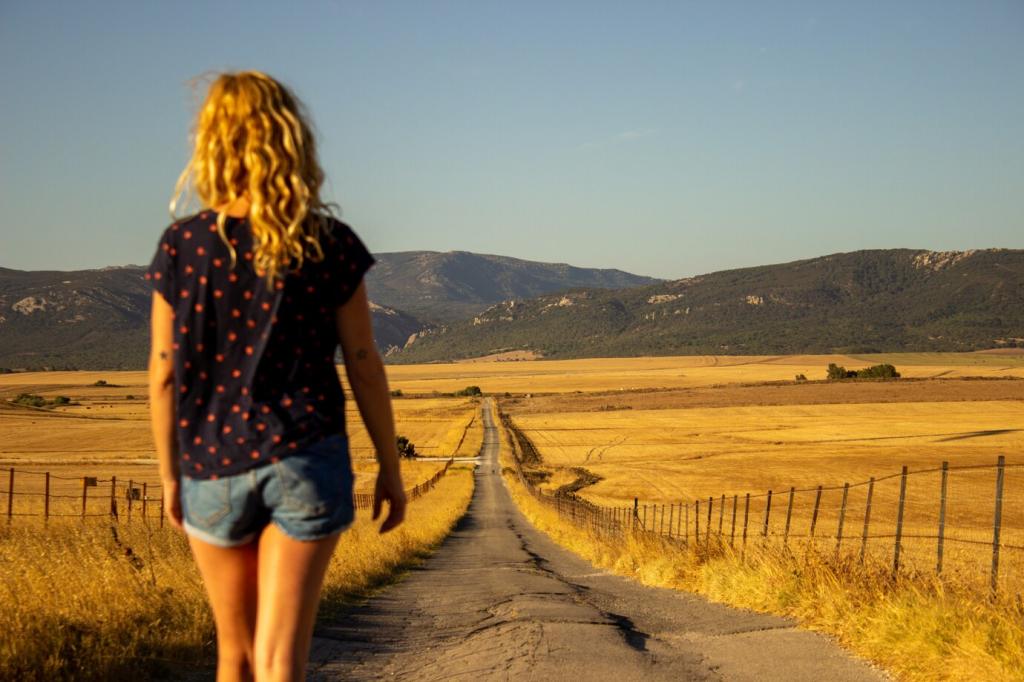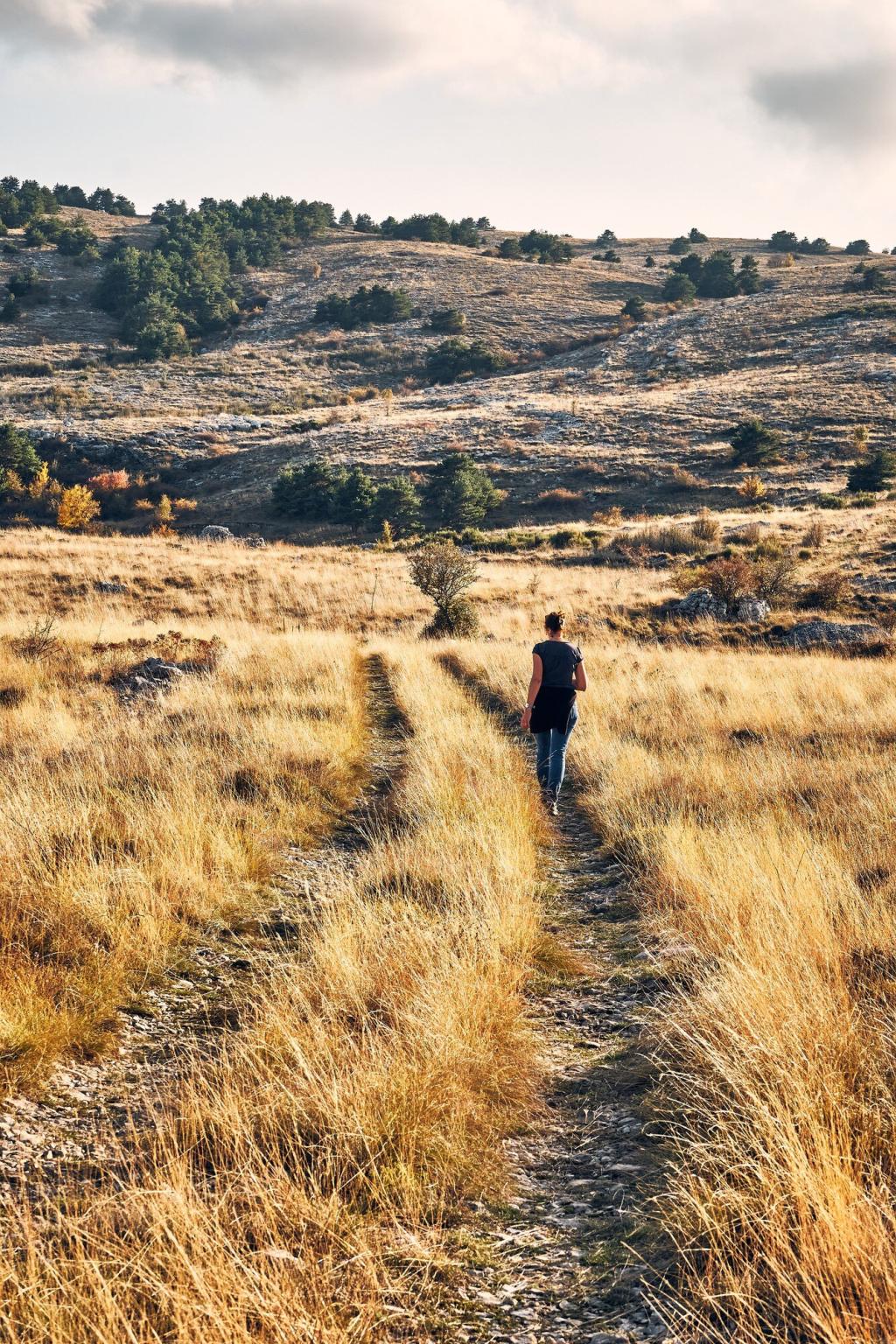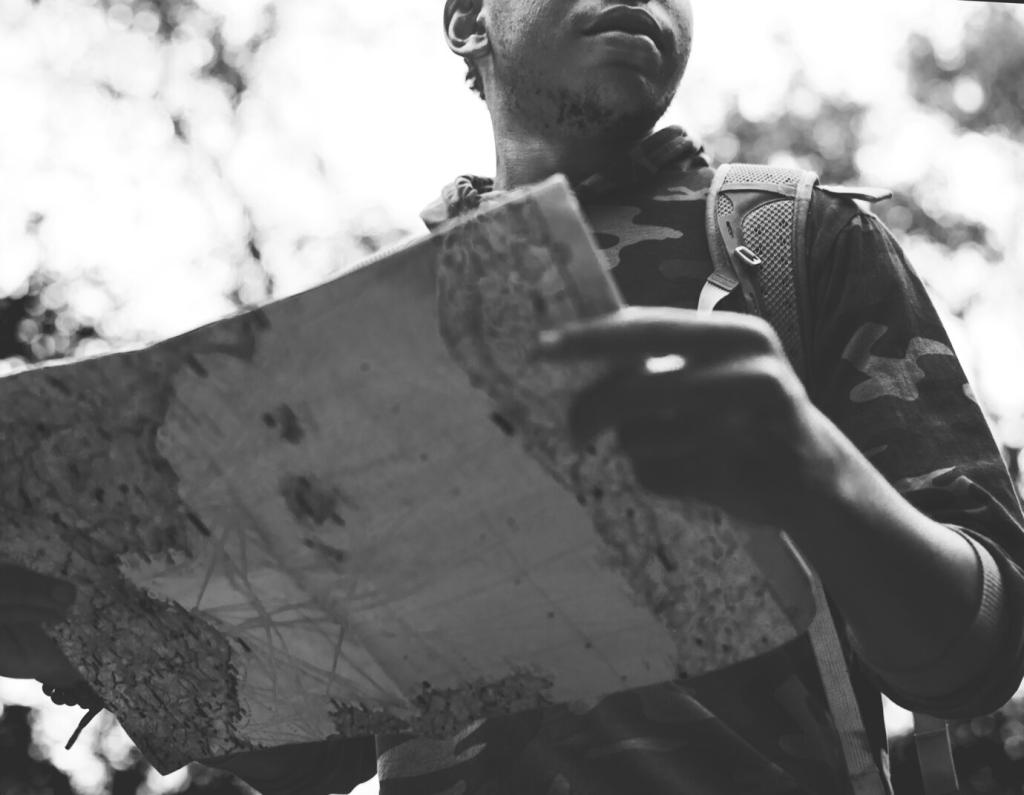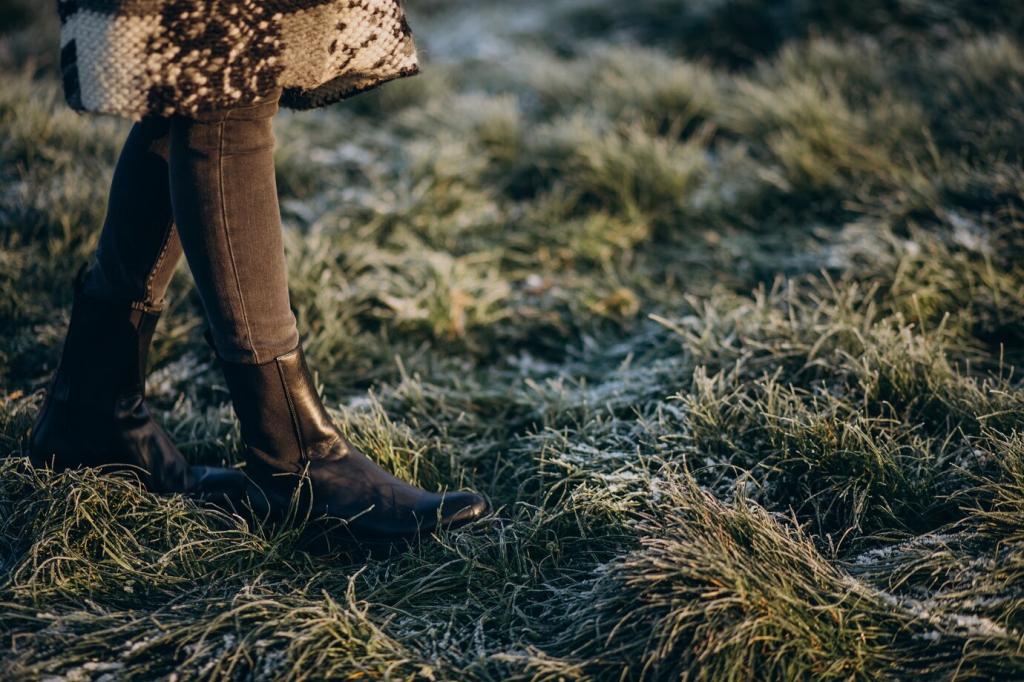Unlocking the Secrets of Historic Urban Exploration
Chosen theme: Unlocking the Secrets of Historic Urban Exploration. Step into hidden stations, quiet mills, and weathered facades to read the city like a palimpsest. Join us as we uncover layered histories and tell human stories carved into brick, steel, timber, and tile—then share your own discoveries and subscribe for more field-ready insights.
Reading the City’s Layers: How to Research Before You Explore
Begin with fire insurance maps, early transit diagrams, and cadastral plans, then overlay them on modern satellite imagery. Shifts in street widths, rail spurs, or vanished alleys often pinpoint forgotten entrances. Share your favorite mapping tools in the comments so fellow explorers can compare layers and spot patterns faster.


Respect, Safety, and Ethics in Historic Urban Exploration
Rotten joists, spalled concrete, corroded rails, and concealed pits are common in old structures. Wear sturdy boots, gloves, eye protection, and carry a filtered headlamp. Test floors near load-bearing walls, not at midspan. Drop your best safety checklist below to help newcomers develop reliable habits.
Respect, Safety, and Ethics in Historic Urban Exploration
Know local trespass rules, permitting options, and who to contact for sanctioned access. Many institutions welcome researchers with a clear proposal. Respect posted signs and neighbors. Share experiences where permission opened doors to archives, rooftops, or tunnels—your path could become someone’s template.
Architectural Time Travel: Decoding Materials and Styles
Bricks, Bonds, and Stories in Mortar
Common bond with glazed headers, lime mortar with hair, or soot-stained arches suggest precise eras and uses. Count courses and note alterations where mismatched bricks reveal subsequent expansions. Post photos of intriguing bonds you’ve seen, and we’ll help decode their construction period together.

Story-Driven Field Notes: Capturing What the Walls Remember
Sensory Details as Historical Evidence
Record the sweet tang of machine oil, the hollow echo under high ceilings, and the direction dust drifts in morning light. These cues hint at ventilation, workflow, and circulation. Share a moment where a smell or sound reshaped your interpretation of a site’s daily rhythm.
Photographs with Provenance
Pair images with captions that include dates, sources, and map coordinates. Re-photograph historic images from the same vantage to reveal transformations. Invite readers to compare frames and annotate differences. Add your best then-and-now pairing, and we’ll feature standout contributions in our next issue.
Sketches, Plans, and Annotated Overlays
Quick sketches of stair cores, window bays, and column spacing help decode circulation and structure. Overlay your plan on archival drawings to spot lost rooms or bricked passageways. Upload a scan of your rough plan—imperfections welcome—and we’ll discuss what its proportions suggest.
From Forgotten to Remembered: Case Studies of Urban Discoveries
The Sleeping Depot That Sang Again
A decommissioned train depot seemed empty until a reader recognized ticket window scars beneath plywood. An old timetable found in a newspaper archive matched nail holes on the wall. Share your own ‘alignment moment’ when evidence clicked and a silent room suddenly told its story.


An Art Deco Cinema’s Hidden Stars
Peeling paint hid a stenciled constellation ceiling. By comparing opening-night photos, explorers traced missing light fixtures and found wiring channels leading to a concealed balcony. Have you rediscovered a theatrical detail? Tell us how you verified it without prying or damaging fragile surfaces.
Community and Collaboration: Building a Responsible Explorer Network
Organize neighborhood walks to practice map overlays, structural reading, and ethical photography. Invite librarians, archivists, or retired tradespeople to add depth. Post your city and availability below—let’s match readers for small, safe, research-centered outings this month.

